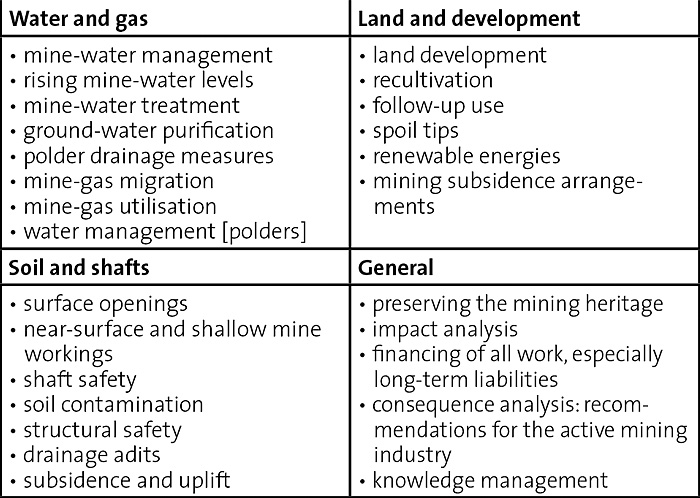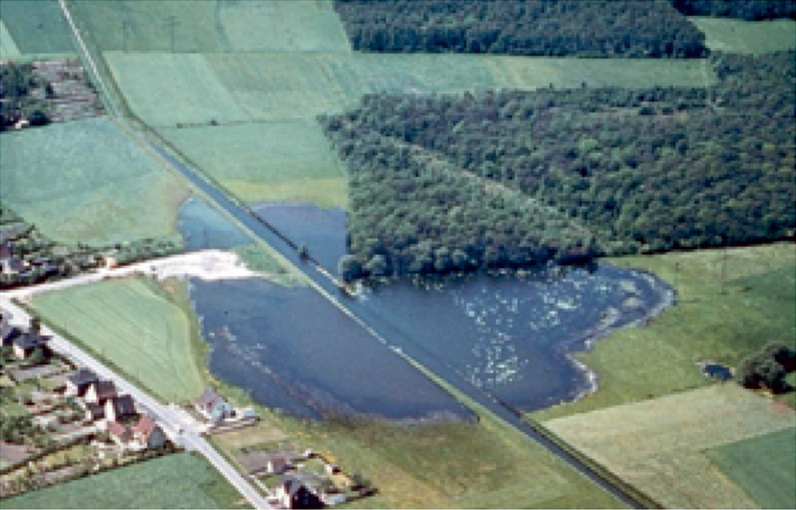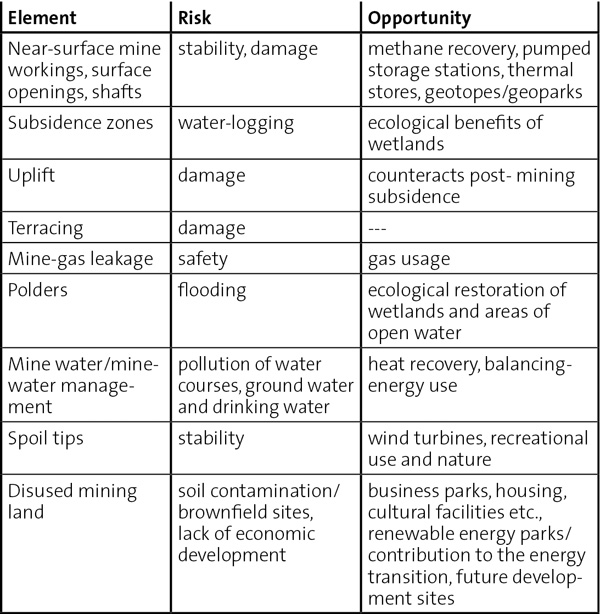1 Introduction
Over recent decades the German mining industry has seen many of its mines and collieries close down for ever. This process has affected the ore mining sector and the coal industry alike and has generated a huge demand for environment-friendly and sustainable decommissioning procedures. The cessation of coal production in the Saar coalfield in 2012 after a history of more than 200 years means that at the end of 2018 when the last active colliery in the Ruhr is closed down, along with Ibbenbüren mine to the north, the German coal industry will cease to exist (Figure 1).
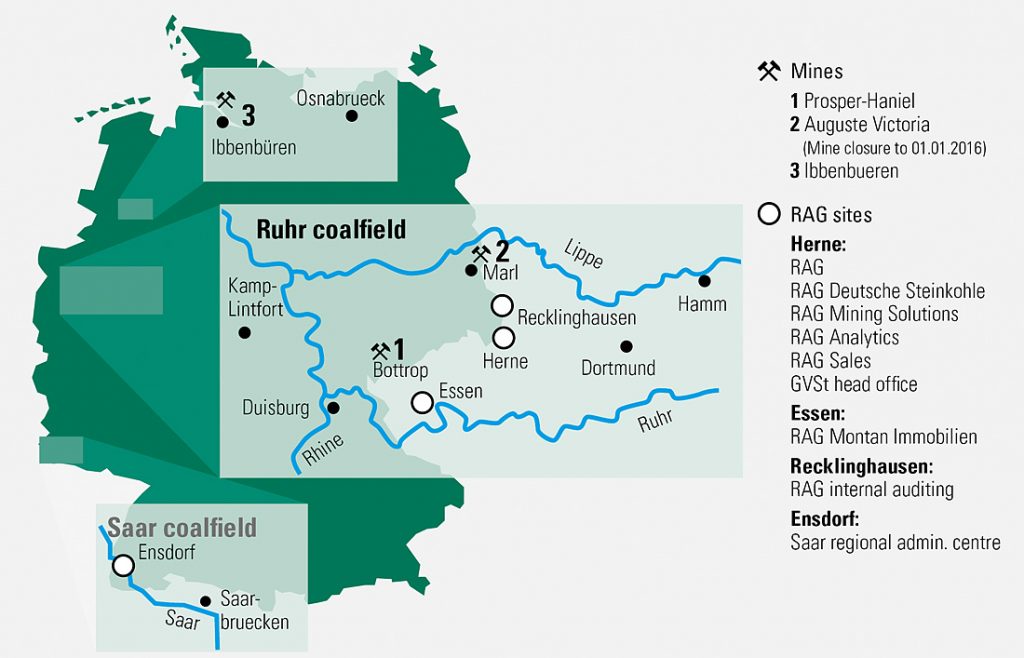
Fig. 1. Map showing the coalfields of the Ruhr, Saar and Ibbenbüren. // Bild 1. Karte der Steinkohlenreviere Ruhr, Saar und Ibbenbüren. Source/Quelle: GVST
Germany’s largest coalfield, the Ruhr Basin, poses a special challenge when it comes to resolving the conflict between the mining industry (disused mines as well as active sites), the high population density and the intensive surface area usage. The region’s infrastructure in the form of traffic routes, buildings and drainage systems is very extensive and highly sensitive to disruption and interference. With a population density of around 2,800 people/km2 and a total population of almost five million the Ruhr is Germany’s largest urban agglomeration. The area is also regarded as the most densely populated mining region in the world.
Coal has been mined locally since the 12th century, with about 10 bn t extracted to date. The workings eventually extended more than 1,500 m below ground and over the last 120 years or so these activities resulted in surface subsidence of up to 25 m at some locations. During the most intensive phase of coal mining in the Ruhr area between 1930 and 1960 the industry employed around 500,000 mineworkers and produced as much as 130 mt/year. Coal provided the basis for Europe’s largest industrial zone, with mining, iron and steel production, engineering and services (1).
The region’s infrastructural basis was built around mining and many of the main transport routes, such as roads, railways and canals, developed from that industry’s need to transport men, materials and coal. The townships that formed around the collieries often grew to become large cities and together these ultimately created a vast metropolitan area that today has no parallel anywhere in Europe. Social structures were also established as a result of the comradeship that developed between the mineworkers.
Every mineral winning process must inevitably come to an end, either due to geological exhaustion or economic constraints. This heralds the start of the post-mining phase, which in itself represents a new challenge of major proportions.
Such a transition raises the following questions and problems:
- How can mining be brought to a close without leaving behind dangers and restrictions for future generations?
- Has the mining era left us with important and sustainable institutions, achievements or principles that can be conserved for the future, used anew or upgraded in value?
- How can a mining region be altered after mining ceases and how can it provide the basis for the livelihood of future generations?
The post-mining aspects should be something that every active colliery has to take account of. True to the old maxim ‘quidquid agis, prudenter ages et respice finem’ (‘whatever you do, do it prudently and look to the end’) any modern, sustainable and environmentally compatible mining industry has to take account of the post-mining imperatives right from the production phase.
2 Requirements to be met by measures for closing mining facilities above and below ground
When the post-mining era commences a mining region will inevitably lose its economic, technical and social basis. Former mining sites no longer have a specific purpose. The land, buildings and installations fall into disrepair and pose an increasing risk to the public. Perhaps more importantly, the familiar social forms and traditions – in other words the mining culture – can be lost. There are huge risks attached to this. And yet the post-mining era also marks the beginning of a new dawn. The key is to minimise the risks and exploit the opportunities as they arrive.
2.1 Themes of the post-mining age
In Table 1 the main issues of the post-mining era are broken down into categories:
2.2 Water and gas
Controlling water make is also of crucial importance once mining operations come to an end (2). In order to protect the surface levels, and particularly the built-up areas, from flooding and the burdens caused by rising mine-water levels, any potential water-related problems have to be examined and managed separately. The remaining water regime has to be designed as effectively as possible, especially considering the long-term financing of the costs of the ongoing pumping operations (3, 4, 5). If necessary the de-watering measures will even have to be continued well into the future and so will add to the so-called eternity burdens (6). The long-term drainage measures being planned for the Ruhr Basin provide for some 70 million m3 of mine water to be pumped away every year (7).
One of the most challenging aspects of the Ruhr situation is the need to safeguard vital drinking water reservoirs (8). The Herne-based RAG company, which has overall responsibility for the coal industry, is therefore planning measures to ensure that the mine water levels are maintained at a safe distance from the drinking water horizons.
Measures aimed at controlling the region’s mine water, whose levels are bound to rise once the industry’s dewatering operations cease, have to be treated separately from operations for managing surface water resources. In the latter case the surface water courses, rainwater and ground-water management measures and receiving streams all have key roles to play. The lowering of ground levels as a result of underground mining activities often resulted in surface streams and tributaries losing their natural flowability. Even during the active mining years these water courses could only be maintained by means of an artificial system of pumps and polder meadows.
Over the centuries mining has had a lasting impact on the morphology of the landscape. During the last 120 years parts of the Ruhr Basin have been affected by subsidence amounting to as much as 25 m in some areas (9). The originally flat land lying between the Ems and Lippe rivers has been transformed by underground mining activities and 30 % of this area now comprises non-draining polders that have developed all over the mining-induced subsidence troughs (Figure 2). The streams and tributaries flowing into the Rhine have therefore had to be enclosed behind embankments, resulting in the development of a hydraulic system that has largely been reshaped by man. More than 300 pumping stations are now in operation to replace the loss of natural drainage and to keep the surrounding land dry (10, 11). These installations pump some 850 million m3 of rainwater and ground-water from the polder meadows every year.
The upwelling effect of the water and the presence of natural sources within the rock leads to a rise in mine-water levels that produces uplift at the ground surface. Previous observations of rising mine-water processes of this kind that have taken place in various coalfield areas indicate that the resulting surface uplift can be as much as 30 cm. However, phenomena of this kind can be effectively controlled in the vast majority of cases and only in a few exceptional instances does this problem cause damage to buildings and surface infrastructure. In the latter case there is a clear correlation with large-scale tectonic elements present in the deposits (Figure 3).
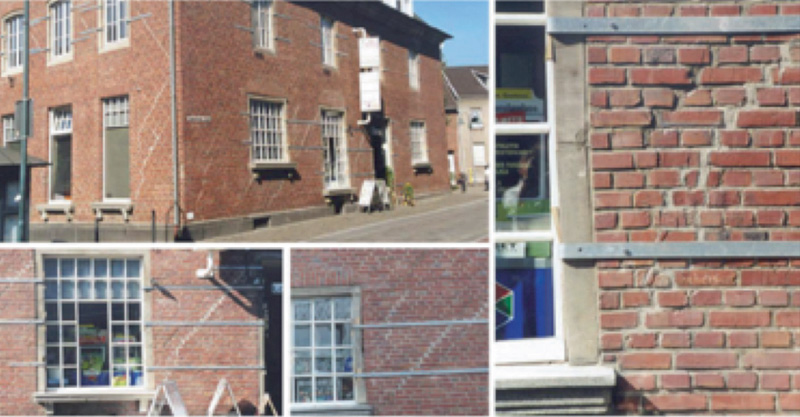
Fig. 3. Damage caused by surface uplift following mine-water flooding (12). // Bild 3. Schadensbilder bei Bodenhebungen nach einer Grubenwasserflutung (12).
The rise in mine-water level can mobilise free methane in the geological deposits and this can lead to an escape of gas at the surface. Using mine gas by means of a planned drainage programme helps mitigate this risk.
2.3 Soil and shafts
Many mine shafts, deep mine workings and near-surface cavities require long-term care and maintenance in order to prevent surface damage and permit some form of re-use, or to restore the original morphological conditions as far as possible. For this reason a risk-management programme was introduced some years ago by both the mine operators and the local mining authorities (13).
Stabilisation work on shafts and near-surface mine workings, which involves installing a stable filling of concrete or other material, is now undertaken using highly developed technology based on reliable static calculations. Even so, the huge number of mine shafts and disused workings that have to be secured and filled constitutes a major challenge, particularly in financial terms, for a coalfield the size of the Ruhr (14). According to the latest figures North Rhine-Westphalia has in the region of 70,000 surface openings of this kind.
The decontamination of land that has been polluted by former mining activities is compulsory under German legislation such as the Federal Soil Protection Act. There is a series of alternative solutions available here on a case-by-case basis. These range from soil replacement, the burning of the decontaminated material in special incinerators and targeted cleansing through to the deposition of the soil in specially protected earthworks.
Once the land has been professionally restored and the redundant surface buildings demolished these former mining sites become a valuable resource for future development.
2.4 Land and development
As well as dealing with built-on mining sites and land that has been intensively used over the years the remediation programme also has to develop special and sustainable solutions for abandoned spoil tips. Unless these colliery tips have been part-replanted during their operational phase they will have to be recultivated and properly stabilised as soon as mining operations come to a halt. Steeply inclined flanks need to be flattened out, an efficient drainage system has to be put in place covering the entire body of the tip in order to prevent gullying and landslips and the surface of the tip has to be planted up as densely as possible to prevent blowing dust and to stabilise the surface layers (Figure 4).
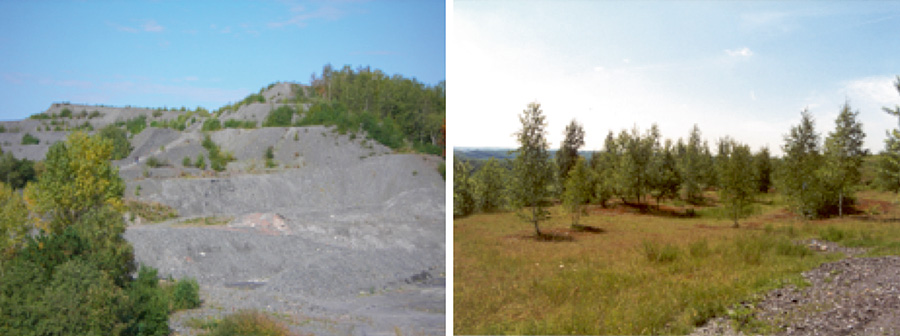
Fig. 4. Disused colliery spoil tip before and after recultivation. // Bild 4. Bergehalde des Steinkohlenbergbaus vor und nach der Rekultivierung. Photo/Foto: Karl Kleineberg
As soon as these obligatory tasks have been completed the tips can be developed by providing arrangements for different leisure pursuits, establishing ecological facilities or creating some other form of urban, aesthetic or artistic space. An abandoned spoil tip can become a new nature area, populated by plants and animals and used by local people for recreation, sport and relaxation.
3 Analysis of the risks and opportunities arising in the post-mining era
The problems associated with the long-term control and prevention of hazards and risks emanating from the mining industry will however be offset by the opportunities that will arise in the years ahead. There is now a growing awareness of options for using the huge areas of former mining land for the production of renewable energy, for the construction of new development areas that will create job opportunities and economic structures, and for various cultural and leisure activities. The purpose of the risk management process is to present the risks involved and assess the opportunities arising in a competent and qualified way.
Table 2 presents a summary view of the main areas that have to be managed and the risks and opportunities they present. The essential task is to avoid or minimise the basic risks and to generate added value while taking due account of the opportunities that will arise in the years ahead (15).
4 Monitoring
While the active mining industry may have a finite lifespan, many of the tasks belonging to the post-mining era will not be of such limited duration. Some of these will require such long-term treatment that they can be regarded as ‘eternity burdens’.
Long-term monitoring tasks will constitute a key feature of the post-mining landscape:
- An efficient mine-water system needs to be kept under long-term control in the same way as the water-resources management of the polder areas.
- The filled mine workings and shafts have to undergo long-term safety monitoring and may require additional stabilisation measures.
The development and subsequent application of monitoring plans will play a major role in the post-mining era. These operations commence with the development of forecasting models for the phenomenon under observation. Monitoring systems are then set up, preferably featuring automatic data collection.
The result is a responsible, sustainable and reliable system for managing the various facets of the post-mining age, and one that holds out good prospects for the future. The long-term acceptance by society of our mining legacy, and more importantly the activities of the post-mining era, can only be achieved by transparent and responsible actions.
5 Reclamation of disused mining land as a future resource
Old industrial premises such as disused colliery sites provide space for new business and cultural developments and create employment opportunities for former mineworkers and their children (16).
A large colliery with its surface shafts, operating facilities, coal preparation plant, railway sidings, coke works and spoil tip will typically cover some 140 ha of land (Figure 5). Mining was the dominant feature of a multi-layered industrial society as represented by large-scale industrial units. It will never be possible to recreate these in a future business world. The structures that we are currently developing in central Europe are smaller, more effective, more adaptable and more sustainable than they were in the past.
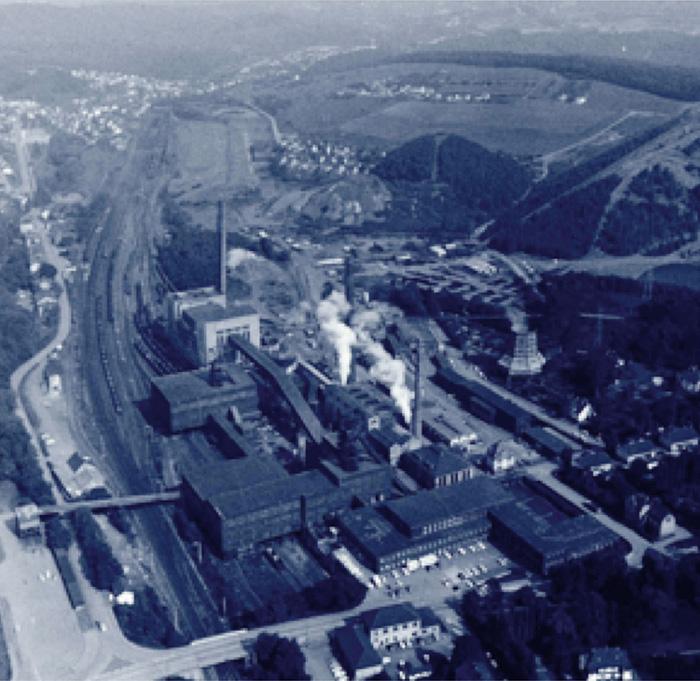
Fig. 5. Reden colliery, Saar coalfield, circa 1960. // Bild 5. Bergwerk Reden, Saarland um 1960. Photo/Foto: Karl Kleineberg
New ideas, innovations and developments are the fuel of the future in the developed nations. Knowledge is the vital potential and the capacity for innovation is the useable resource. Creativity, curiosity and the will to change are the tools. The industrial culture of the mining era, with its buildings, assets and challenges, are special idea generators. The old industrial structure will enable a new creativity to grow within its ancient walls.
Our human story has meant that the landscape of spoil tips, slurry ponds and abandoned mining sites has been altered to such a degree from its original state that it is all available for a complete and unconditional make-over. These open spaces present huge opportunities for sporting and recreational facilities. Natural habitats that establish themselves on often very difficult and extreme locations can turn out to be particularly dynamic and therefore of enormous value. In industrial regions this land can also be used for developing infrastructure for renewable-energy projects.
Mine water has geothermal potential and where it is being pumped to the surface on a permanent basis it represents a useful source of energy. The Ruhr and Saar coalfield areas already operate installations in which heat exchangers and heat pumps are used to generate thermal energy from mine water.
There are huge areas of land available where efficient photovoltaic systems generating up to 15 MWp can be set up each capable of supplying electricity to around 5,000 households, as the first such installations are already demonstrating (Figure 6).
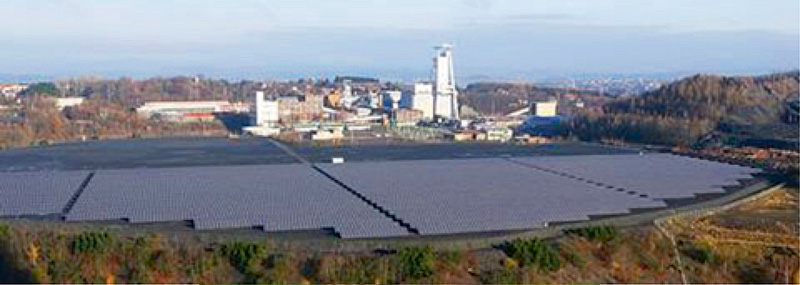
Fig. 6. Photovoltaic plant at Göttelborn mine, Saarland. // Bild 6. Photovoltaikanlage Bergwerk Göttelborn, Saarland. Photo/Foto: RAG
Large spoil tips can be 80 to 100 m in height and as such benefit from strong wind conditions. Wind turbines have already been installed on a number of former colliery tips and these are generating electricity on a fairly continuous basis (Figure 7).
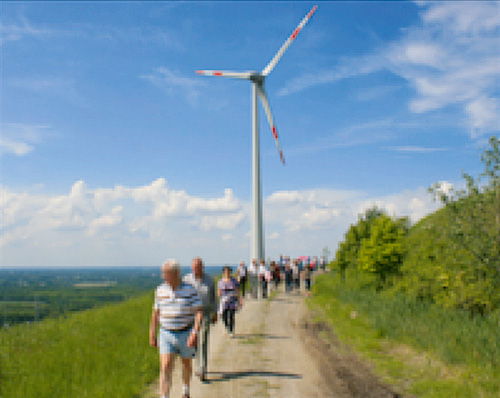
Fig. 7. Wind turbine operating on a former spoil tip in the Ruhr Basin. // Bild 7. Windkraftanlage auf einer Halde im Ruhrgebiet. Photo/Foto: RAG
Former mining sites also have real potential as cultivation areas for biomass production.
One of the elements of the post-mining era will be to develop something new out of the quality features of the past and to ensure that this is made good use of (Figure 8). What is important here is to seek out the unusual, to exploit it and to make it a brand name for innovative thinking.
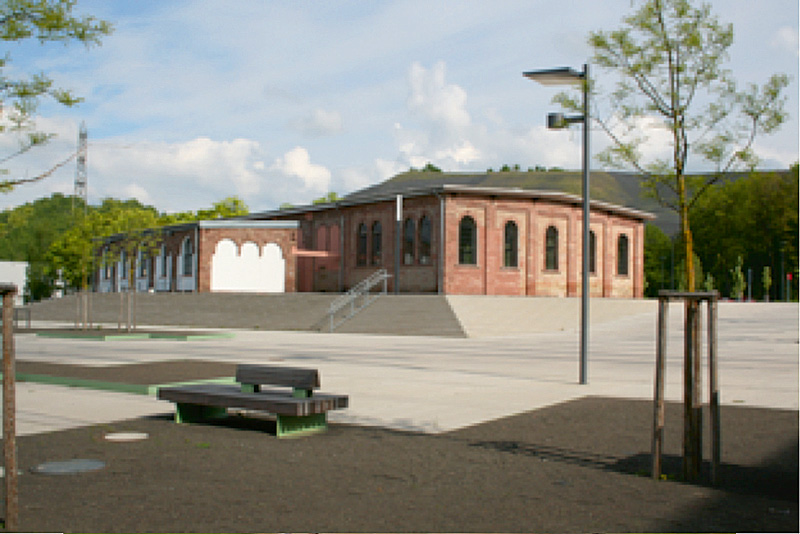
Fig. 8. Renovated buildings of the former Reden colliery. // Bild 8. Neu gestaltete ehemalige Bergwerksanlage Reden.
Photo /Foto: Karl Kleineberg
These changes should have their foundations in the qualities and standards of the past. This could be the architecture, spatial layout or perspectives of the old collieries, for these structures have a character all of their own and can readily be distinguished from the more commonplace.
The innovative capabilities and services output of the new company that builds a future for itself on former colliery land will profit from foundations such as these, for space and architecture have always been a clear and confident sign of quality.
6 Research Centre for Post-Mining Activities
Given the importance of surface protection measures, the long-term nature of water pumping operations and the need for an orderly management of inherited liabilities and eternity burdens the RAG Foundation in Essen took the decision three years ago to fund an endowed professorship for the newly created degree course on ‘Geotechnical engineering and post-mining’ to run at the Technische Hochschule Georg Agricola University (THGA) in Bochum. This master’s course is designed to provide students with the knowledge that will be required to deal with the problems of the post-mining age.
The endowment professorship and team will be responsible for setting up the study course and also for creating the Post-Mining Research Centre. The aim of the project is to maintain expertise and in this way to preserve and develop the intellectual heritage of the mining industry. This will mean in-house research and a greater focus on collaborative partnerships. The related projects include:
- Measurements to determine density layering in water bodies;
- monitoring of the processes involved in rising mine-water levels;
- investigation of water-bearing adits and tunnels and
- analysis of increased mine-water levels encountered in Germany, Europe and overseas.
The THGA and its Post-Mining Research Centre has the capacity to adopt a holistic approach to all aspects of the post-mining age.
Post-mining operations represent a key challenge. This is in some respects a never-ending task that therefore has to be treated as a perpetual academic mission. It is an assignment of both national and international import. And former mine operators will have a special responsibility in seeing it through.
References / Quellenverzeichnis
References / Quellenverzeichnis
(1) Regionalverband Ruhr (2012): Kleiner Zahlenspiegel der Metropole Ruhr – Zahlen, Daten, Fakten. Stand Dezember 2011, Essen, S. 9.
(2) RAG Aktiengesellschaft (2014): Neue Wasser – Wege: Die Konzepte zur Grubenwasserhaltung der RAG. In: Steinkohle – Das Mitarbeitermagazin der RAG Aktiengesellschaft, Herne, Vol. 12, S. 4 – 5.
(3) Melchers, C., Dogan, T. (2014): Studie zu erfolgten Grubenflutungen in Steinkohlenrevieren Deutschlands und Europas. Altbergbaukolloquium, Essen: VGE Verlag GmbH, S. 300 – 305.
(4) Goerke-Mallet, P., Drobniewski M. (2013): Planning long-term mine-water management for the Ibbenbüren coal basin. XV. International ISM Congress, Aachen, pp. 319 – 324.
(5) Goerke-Mallet P., Mersmann J., Beermann T., Stöttner M. (2014): Optimierung der langfristigen Wasserhaltung von Bergbaubetrieben mit Hilfe langer, gerichteter Bohrlöcher und Schlauchliner-Technik. Altbergbaukolloquium, Essen: VGE Verlag GmbH, S. 163 – 171.
(6) RAG-Stiftung (ed) (2014): Ewigkeitsaufgaben, Essen, viewed 12 January 2015, http://www.rag-stiftung.de/ausgelagert/impressum/.
(7) RAG AG (2016): www.Verantwortung.rag.de/ewigkeitsaufgaben/wasserhaltung/ (abgerufen am 29.4.2016).
(8) Terwelp, T.(2014): Bergwerksstilllegungen unter Berücksichtigung der Grubenwassersituation im Zuge der Stilllegung des Steinkohlenbergbaus im Ruhrrevier aus Sicht der Bergbehörde. In: Bergbau – Zeitschrift für Rohstoffgewinnung, Energie, Umwelt, Essen, Vol. 65 (10), S. 454 – 459.
(9) Harnischmacher, S. (2010): Quantification of mining subsidence in the Ruhr District (Germany). In: Géomorphologie: relief, processus, environnement, Vol. 3, pp.261 – 274.
(10) EGLV (ed) (2013): Booklet Fließgewässer im Emscherraum – Biologie, Beschaffenheit, Bachsysteme, Essen, S. 71.
(11) LINEG (2016): LINEG 2015 Natürlich Niederrhein. Jahresbericht 2015.
(12) Baglikow, Volker (2003): Bergschäden nach Beendigung der Grubenwasserhaltung im tiefen Bergbau, Zeitschrift Das Markscheidewesen 2003, Nr.2.
(13) Sikorski, A., Reinersmann, N. (2010): Altbergbau in Nordrhein-Westfalen. In: Bergbau – Zeitschrift für Rohstoffgewinnung, Energie, Umwelt, Essen, Vol. 61 (1), S. 9 – 14.
(14) Welz, A. (2014): Gefahren des Altbergbaus aus der Sicht der Bergbehörde. Praktikerseminar Rechtsfragen des Altbergbaus, Ruhr- Universität Bochum, 2 September 2014.
(15) Kretschmann, J. and M. Hegemann (2012): New chances from old shafts – Risk Management in Abandoned Mine Sites in Germany. In: Proceedings of the annual meeting of the Society for Mining, Metallurgy & Exploration in Seattle, Washington, USA. Red Hook, NY: Curran Associates, 2012, pp.153 – 158.
(16) Kretschmann, J. (2014): Sustainable Land Management in Urban Areas: The Ruhr as a Role Model. Kuzbass Staatliche Technische Universität, wissenschaftlich-technische Zeitschrift, S.127.
